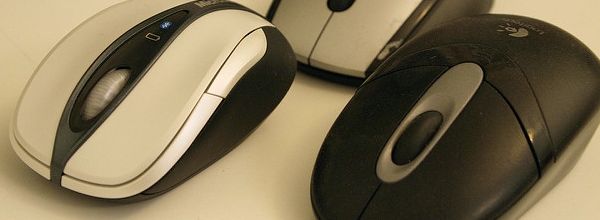You had been happily measuring your DNA samples with your NanoDrop for a while, until… you noticed that your results are not reproducible *gulp*.
Sound familiar?
It certainly does to me!
Read on – here are 10 points that will help you troubleshoot the issue:
Enjoying this article? Get hard-won lab wisdom like this delivered to your inbox 3x a week.

Join over 65,000 fellow researchers saving time, reducing stress, and seeing their experiments succeed. Unsubscribe anytime.
Next issue goes out tomorrow; don’t miss it.
1. Did you clean the NanoDrop’s pedestal properly?
Remove your sample from the pedestal immediately after measurement, by wiping it using a lint-free tissue (such as those produced by Kimwipes). Don’t use normal paper tissues! The leftover micro-fibers can accumulate and interfere with the measurements.
2. Were there air bubbles in the drop that you put on the pedestal?
Air bubbles can obstruct the light path of the spectrophotometer, which leads to inaccurate measurements (usually low readings). Make sure to check the liquid column formation by eye for any air bubbles. If you see one, remove the sample and use a fresh drop.
3. Did you make sure that the sample you measured was homogeneous?
If your sample contains large molecules (e.g. genomic DNA), it is particularly important to vortex the solution before measuring it.
4. Did you use the same solution for the blank measurement and for suspending your samples?
If you used a particular elution buffer to suspend the samples you are measuring, then you need to “blank” your NanoDrop with the same exact buffer! This is recommended by NanoDrop’s manufacturer, to “minimize absorbance contribution of the blanking solution”.
5. Did you put enough sample on the machine’s pedestal for an accurate measurement?
If you put only 1 ?l before, try using 2 ?l. NanoDrop’s manufacturer advised this in their Technical Bulletin: “using larger volumes (1.5-2.0 ?l) will often overcome the inherent surface tension properties associated with some detergent based or volatile samples and eliminate problems with column breakage.” If you can, use a pipettor with the highest precision (e.g. 0-2 ?l).
6. Are your sample concentrations too low?
NanoDrop is not very good for concentrations lower than 10 ng/?l, as the variation in measurements can be high. If you suspect that your samples have lower concentrations than this, consider using another method to measure them – try Qubit, for example.
7. Are you really looking at a true 260 peak? Or is it just noise or “shoulders”?
Don’t just accept the number that the NanoDrop spits out. Look at your NanoDrop curve closely – it can give you info about any contaminates that might be in your sample.
8. Check for reproducibility the right way.
The correct way to check for reproducibility is by using a fresh drop/aliquot each time instead of measuring the same drop several times. Measuring the same drop again and again will make it prone to evaporation and the concentration will increase.
9. Did you use different dilutions of the same samples?
Note that slight changes in the pH of the solution can affect the 260/280 value, so even when your dilutions are supposedly identical, the NanoDrop results might not be.
10. Lastly, when was the last time your NanoDrop was calibrated and thoroughly checked?
Maybe the issue has nothing to do with you after all! It rarely happens, but it could be instrument-related errors. NanoDrop’s manufacturer recommends that you check the instrument’s performance every six months. More information on calibration can be found in this document. The manufacturer actually has a large number of Technical Bulletins that are very insightful; don’t forget to check them out!
That’s all! Hopefully these points have helped you troubleshoot your NanoDrop. Hooray for reproducible research!
You made it to the end—nice work! If you’re the kind of scientist who likes figuring things out without wasting half a day on trial and error, you’ll love our newsletter. Get 3 quick reads a week, packed with hard-won lab wisdom. Join FREE here.






